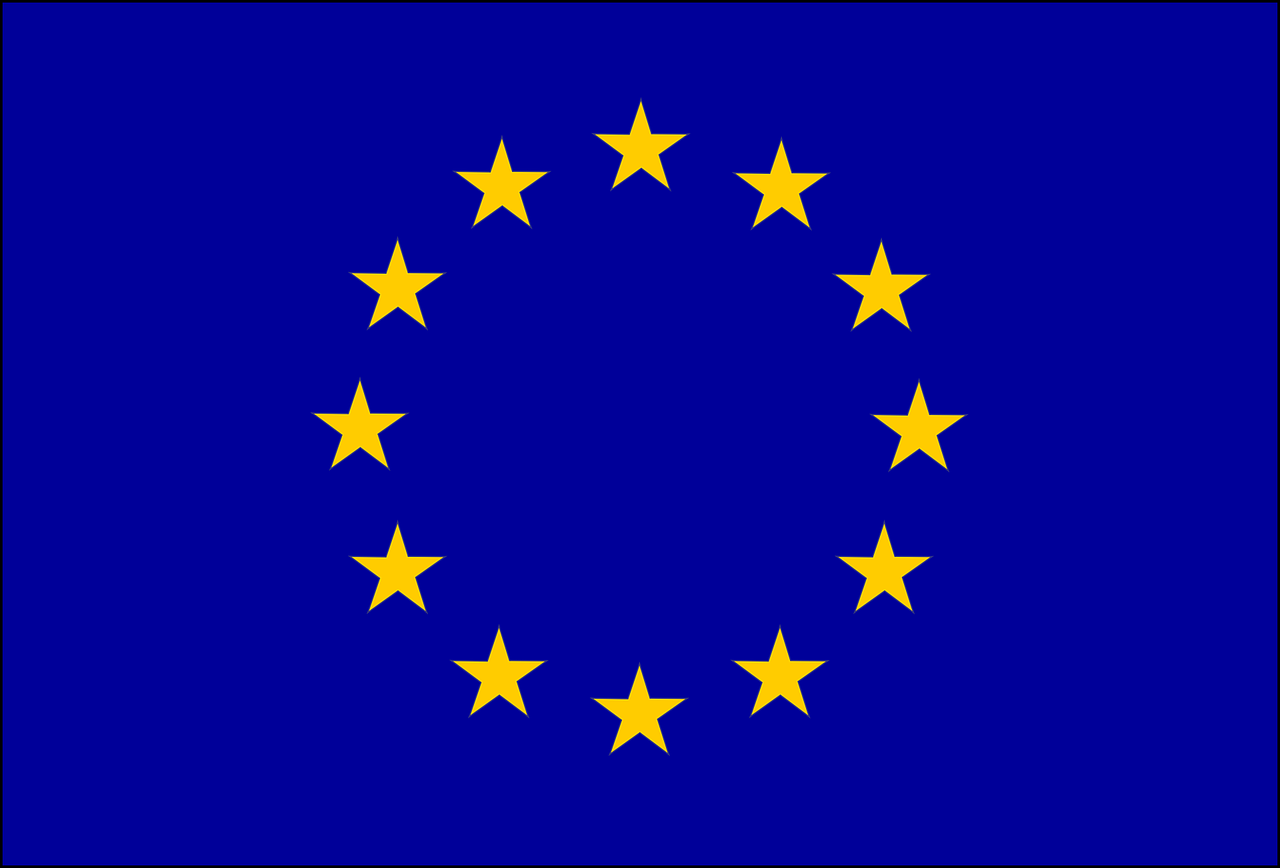REACH
The REACH Regulation (1907/2006) was adopted to protect human health and the environment from potential risks that can be posed by chemicals. This regulation was transposed into UK Law when the UK left the EU.
REACH applies to all chemical substances and so has an impact on most companies across UK & the EU and companies who export to or import into Europe & the UK.
To comply with the regulation, companies must identify and manage the risks linked to the substances they manufacture and market in the EU.
The level of information required primarily depends on what tonnages are manufactured / imported annually and the downstream use(s) of the substances.
Our Services

EU Legal entity
- Data gap analysis
- Study monitoring
- IUCLID dossier compilation
- REACH IT account set up
- Registration
- Ongoing management & support
- Chemical safety report (CSR)

Non- EU Legal entity
- OR services & REACH IT account set up
- Data gap analysis
- Study monitoring
- IUCLID dossier compilation
- Registration
- Ongoing management & support
- Chemical safety report (CSR)

Expert approaches
- Data waiving
- Weight of evidence
- Read across
- Non-animal approaches
- Chemical safety report (CSR)

Data Gap Analysis
A review of existing data held by the registrant, co-registrants and the public domain will enable a comprehensive assessment of endpoints requiring data to fulfil compliance. Including an assessment of waiving possibilities, read-across and weight of evidence opportunities may save time and money when compared with laboratory testing.

IUCLID
All endpoints and data are compiled into IUCLID. IUCLID is an OECD devised tool for the storage and sharing of chemical substance information in a standard format. For REACH, the completed dossier must pass stringent quality checks before being submitted to ECHA via REACH IT (online submission platform).

Substance Identity
Analytical identification of the substance can be challenging, especially if the substance is of unknown, variable, complex or of biological origin (UVCB). Selecting the correct tests to be conducted in the correct way and presenting the identification clearly in the report is essential for correct substance identification.

ECHA Decisions
Responding to draft ECHA decision and complying with final ECHA decisions can be challenging. Making the decision to reduce tonnage must be made before the final decision is published or the requirements of the final decision will still be in force. A useful first step to a draft decision is to review the existing dossier and conduct a data gap analysis.